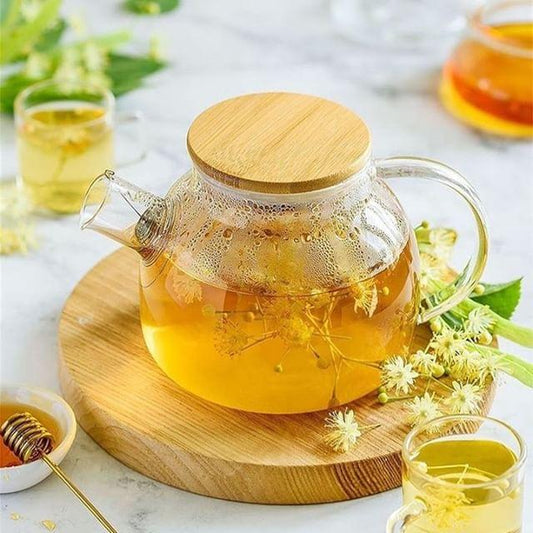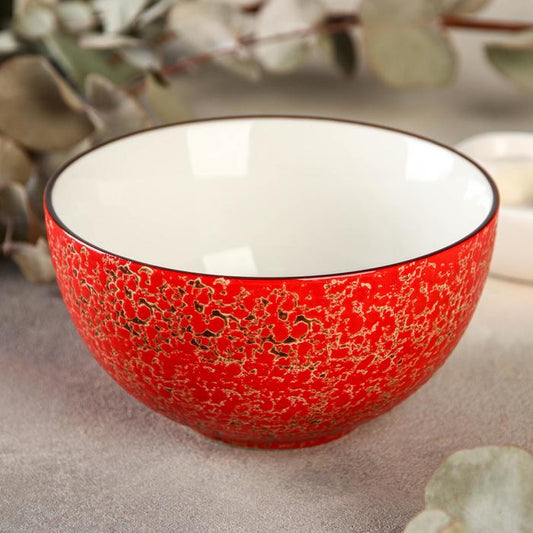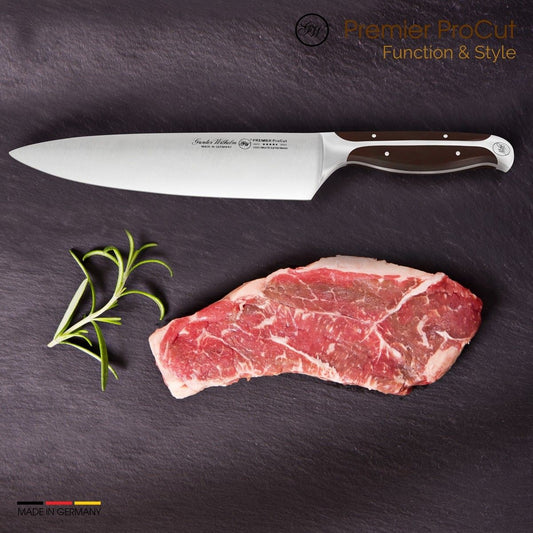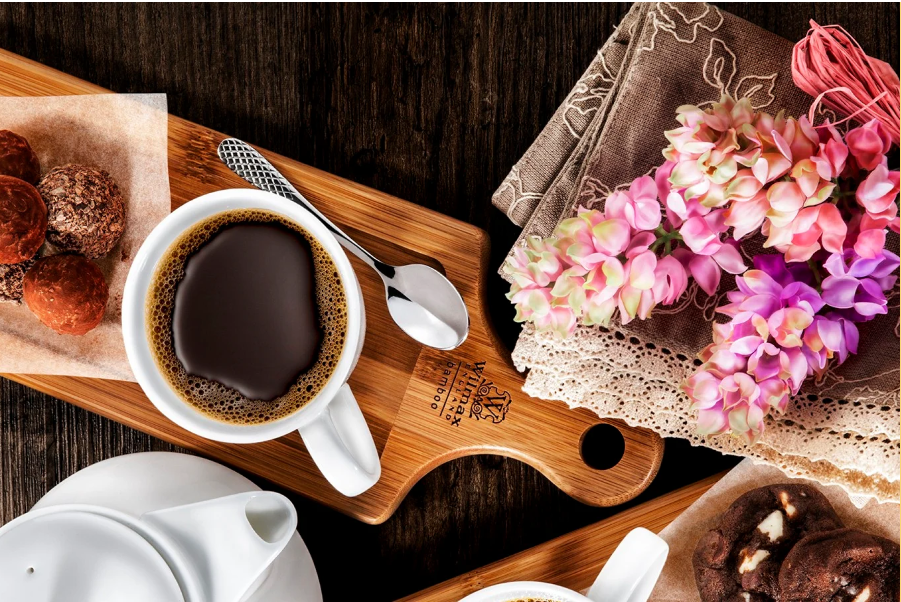Plastic-Free Dining: How Restaurants Are Finally Cracking the Packaging Problem

For decades, takeout has come with a side of guilt: flimsy plastic forks, Styrofoam clamshells, and bags destined for landfills. In 2025, restaurants are finally tackling the packaging problem head-on. From compostable containers to edible cups and reusable systems, the future of dining looks greener — and surprisingly chic.
🥡 The End of Single-Use Plastic
Global pressure on plastic waste has forced innovation. Cities are banning Styrofoam, diners are demanding better, and restaurants are realizing that sustainability sells.
As one chef quipped: “Nothing kills a farm-to-table story faster than a plastic takeout box.”
🌍 Compostable Packaging Takes the Lead
Compostables are the new baseline. Made from sugarcane bagasse, bamboo fibers, and cornstarch polymers, these containers break down in weeks instead of centuries.
- Bowls & clamshells made from molded fibers
- Clear “plastic” cups from PLA (corn-based polymer)
- Utensils that decompose faster than your leftovers
For eco-conscious restaurants, compostable is now the entry ticket, not the finish line.
🍪 Edible Packaging: Have Your Cup and Eat It Too
Why throw away packaging when you can eat it? Restaurants and cafés are experimenting with edible innovations:
- Cookie shot glasses for milk or espresso
- Seaweed-based wraps for sandwiches
- Coffee cups made from oats and chocolate lining
- Rice paper packaging that dissolves in soups
It’s whimsical, sustainable, and — let’s be honest — way more fun than plastic.
🔁 The Rise of Reusable Systems
The boldest move? Reusable container programs. Diners borrow containers (often stainless steel or durable glass), return them at drop-off points, and the restaurant cleans and recirculates.
Think of it as “takeout on tap” — you keep the food, not the waste.
Apps track your borrowed containers, rewarding returns with points or discounts. And for restaurants, it’s a branding opportunity: sleek containers double as moving billboards.
📸 Why Diners Love Plastic-Free
Beyond saving the planet, plastic-free packaging looks good on Instagram. Rustic fiber bowls and edible spoons photograph beautifully — far better than a sweaty Styrofoam tray.
Sustainability is now part of the dining experience, not just a side note.
📈 Business Impact
Plastic-free isn’t just PR; it’s smart economics.
- Lower long-term costs as reusable systems replace endless single-use orders
- Customer loyalty from eco-conscious diners
- Compliance with growing bans on single-use plastics
Restaurants that adapt now are ahead of the curve — and the legislation.
😂 The End of the “Drawer of Shame”
We all have it: the drawer overflowing with plastic forks, ketchup packets, and chopsticks. Plastic-free dining promises to end this kitchen clutter apocalypse. Future historians may study those drawers as archaeological sites of the 2010s.
❓ FAQs About Plastic-Free Dining
Is compostable packaging truly sustainable?
Yes, when paired with proper composting infrastructure. Without it, progress slows — but it’s still better than fossil-fuel plastics.
Are edible cups and wrappers practical?
In niche cases, yes. They won’t replace every container, but they add flair and reduce waste.
What’s the biggest challenge?
Scaling reusables and ensuring compostable waste is processed correctly. Infrastructure matters as much as innovation.
🌱 Final Bite
Plastic-free dining isn’t just a trend — it’s a fundamental shift in food culture. By embracing compostables, edibles, and reusables, restaurants are proving that convenience doesn’t have to come with environmental guilt.
In 2025, the best meals leave nothing behind but good memories (and maybe an edible spoon).
Share:





